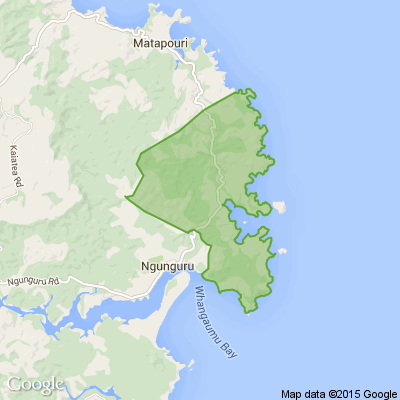MATARIKI COLOURING COMPETITION for Reyburn House closes 28 June 2024
Tena koutou,
Thank you to everyone that joined and participated for our 2024 Matariki Community Events at Reyburn House. Thank you to all our volunteers, Northland Society of Arts (NSA) supporters, Reyburn House staff, Matariki Artists, sponsors and community. Also to our hardworking Reyburn House Manager Rebecca Cunliffe a big thank you.
This is a friendly reminder that the Matariki Colouring Competition closes Friday 28th June 2024.
Link: www.reyburnhouse.co.nz...
For those of you who would like to know more or do not know a great deal about Matariki:
The Matariki celebration is essentially based around 3 major principles,
1: Remembrance – Honouring those we have lost since the last rising of Matariki
2: Celebrating the present – Gathering together to give thanks for what we have
3: Looking to the future – Looking forward to the promise of a New Year
Remembrance: The re-appearance of Matariki in the morning sky during mid-winter coincided with a traditional ceremony called ‘whāngai i te hautapu.’ During this ceremony food was cooked and offered to the different stars of Matariki while karakia (incantations) were conducted. The first part of this ceremony was dedicated to the dead of the year, honouring those who had died since the last rising of Matariki. The names of the dead were called out during the ceremony and people would weep for their loved ones. One traditional belief states that Matariki carries the dead of the year across the night sky, and upon the return of Matariki in the winter sky, the star cluster is released from its burden. When the names of the deceased were called out, Māori believed the spirits of the dead became stars in the sky. This process also helped to release the emotional burdens and cultural responsibilities Māori had with the dead.
Celebrating the present: Following on from the formal ‘whāngai i te hautapu’ ceremony, Matariki was a period of celebration and festivities. Communities and whānau would gather together to give thanks for all the blessings of the past year, and to reconnect with each other. Mid-winter was a time of rest and relaxation for Māori. The food storage pits and houses were full, and the busy harvest season was over. Food and feasting was a central element in Matariki, and people came together to share the fruits of the harvest. Other forms of celebration included music, dance, art and spending time with one another.
Looking to the future: Matariki was a time where communities and whānau would come together to plan for the impending season. They discussed at length their hopes and desires, concerns and fears and they decided upon how they would approach various activities in the New Year. It was a time of learning, sharing, discussion and decision making. One of the key points of discussion during Matariki was the environment, especially the health of the environment. Māori understood that their lives depended on them maintaining a strong connection to the physical world and caring for nature.
Values
There are a number of key values that were associated with Matariki and the Māori New Year celebrations.
There values are;
Aroha – Love and respect for one another
Whakamaumaharatanga – Remembrance
Kotahitanga – Unity
Manaakitanga – Caring
Tohatoha – Sharing
Mana Taiao – Environmental awareness
Kaihaukai – Feasting
Wānanga – Discussion
Noho tahi – Coming together
Ngākau Atawhai – Kindness
Whakanui – Celebrations
Tuakiritanga – Identity

Fair play
Whether it’s a playhouse, she shed or teenager’s sleepout, a stencil-painted floor in Resene Clockwork Orange will elevate it from meh to wow. Find out how to create your own with these easy step by step instructions.

Best way to use leftovers?
I'm sure you've got some excess ham at home or cold roast potatoes.
What are some of your favourite ways to use leftover food from Christmas day? Share below.









 Loading…
Loading…















